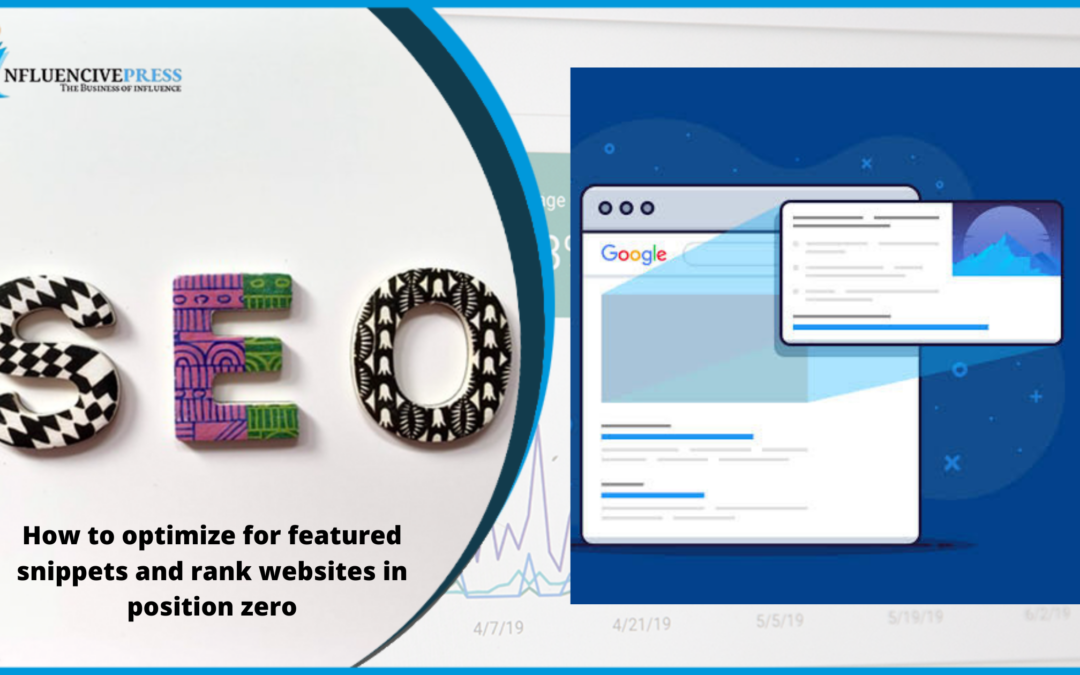The ultimate guide to schema data
The ultimate aim of Search Engine Optimization (SEO) is to rank websites in position zero on the search engine result page. This rank zero signifies a position higher than the first link the user comes across when searching for content on Google. It is the box displayed above all the listings and provides invaluable traffic to a website. However, the market is extremely competitive and oversaturated. Having plenty of rivals in the market makes acquiring the coveted rank zero a hard task that requires a ton of effort and investment. However, it is possible to achieve this without an investment. The alternative to spending money on investing in SEO is using a featured snippet. This is the strategy used by multiple marketing agencies and the marketing teams of brands to help the brand’s web content reach position zero in the search engine result pages within a minimum budget.
A particular portion of search results that get to feature on the top of the Google results page is a featured snippet. It is different from top ranked websites in the way that the latter is just a link with an anchor text whereas a featured snippet is a displayed version of the content of the website on the search engine result page itself. It helps acquire higher brand exposure on the web, thus aiding a brand with popularity.
How to rank websites in position zero?
Identify target search queries
A business must begin its journey into reaching the coveted spot of rank zero by first, identifying which search queries it wants to target. These are all handled by Influencivepress on behalf of the business. This position only appears for those content where a question is being asked so keywords are not of much help in this scenario. Marketers identify the kind of questions that can be asked by the layman consumer and creates the content accordingly. Questions tend to begin with words like: what, who, why, how, which, when, or where. Thus, these are the terms that are responsible for triggering features snippets. After identifying the queries that the audience of a website is susceptible to asking, they target those queries with their strategy. Google possesses what is called an autocomplete tool. It can be used to generate ideas for helping with forming inquisitive questions for the content of a website. It is the feature on Google that gives out suggestions when a user begins to type on the search bar.
Creating Web Pages to Answer Questions
After the marketing team identifies the queries it must target, it creates a webpage. This webpage exists to answer each question descriptively and in detail. It is essential to create separate web page for each frequently asked question or FAQ instead of stating every question in one web page. Despite the latter being an easier way to rank websites in position zero, the former strategy helps organizations and businesses acquiring multiple such ranks instead of just one. Brands can use various strategies to optimize their web pages for brands for position zero. Some of those ways are:
- The title and the web page query are titles similarly, if not in the exact same way.
- The query is made to be present in the first paragraph of the content in the website otherwise it can tend to get lost.
- The content created is long form. This type of content is detailed, thus, it always attracts more traffic. It should answer every respective question and the communication between the website and its user must be transparent.
- All forms of filler content is filtered out and discarded. Thus, each web page is dedicated to answering all the queries descriptively and clearly.
- Images and infographics are used. They must be relevant to the web pages and help in Search Engine Optimization (SEO).
- Links in the content are included. They are both internal and external.
- Newly published web pages are promoted to maximize efficiency.
- They ensure every image has an alternative text that is relevant.
Marketing teams are always promoting the web pages of organizations by using multiple marketing techniques. This increases the chances of the content to acquire rank zero. Backlinks are built which makes search engines trust content more and more. It makes Google believe that this content is popular among the users. This helps in acquiring rank zero but the backlinks must not be unnecessarily built backlinks since Google is capable of detecting that.
Most modern day marketers are highly capable of social media marketing in platforms like Facebook and Instagram as it is one of the most rampant methods of advertisement and publicity. It creates a new post with the URL and a description of the web page. This is then shared with the followers of the account of the owner. Since Facebook links are believed to have no-follow attributes, many Search Engine Optimization experts believe that Facebook heavily influences the search rankings of web pages.
Platforms like Quora or other interactive and inquisitive formats increase the chances for brands to rank websites in position zero. A concise and more direct reposting of an answer in the website content on Q&A platforms garner attention in Quora so the marketing teamhandles this aspect and links the URL of the web page alongside.
Monitor Your Position Zero Rankings
Google will not make it aware to brands if it chooses to rank one or more of its web pages on position zero. Brands need to monitor the positioning and screens the site rankings itself to keep track of their progress. There are also tools that rank websites in position zero and monitor it. Ahref’s Rank Tracker and SEMrush’s Position tracking apparatus are two such tracking tools that are used to monitor the positioning. However, they require a paid membership.
Position zero postings have gotten progressively widespread and common on Google. Approximately 15 percent of all hunts performed on Google show one of these postings. Pages can be enhanced around pertinent inquiries in order to guarantee a rank zero positioning for it.

